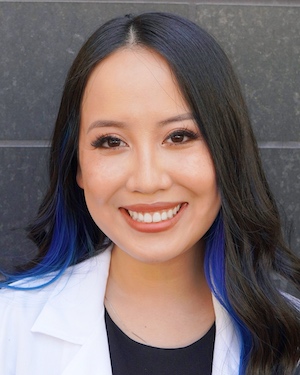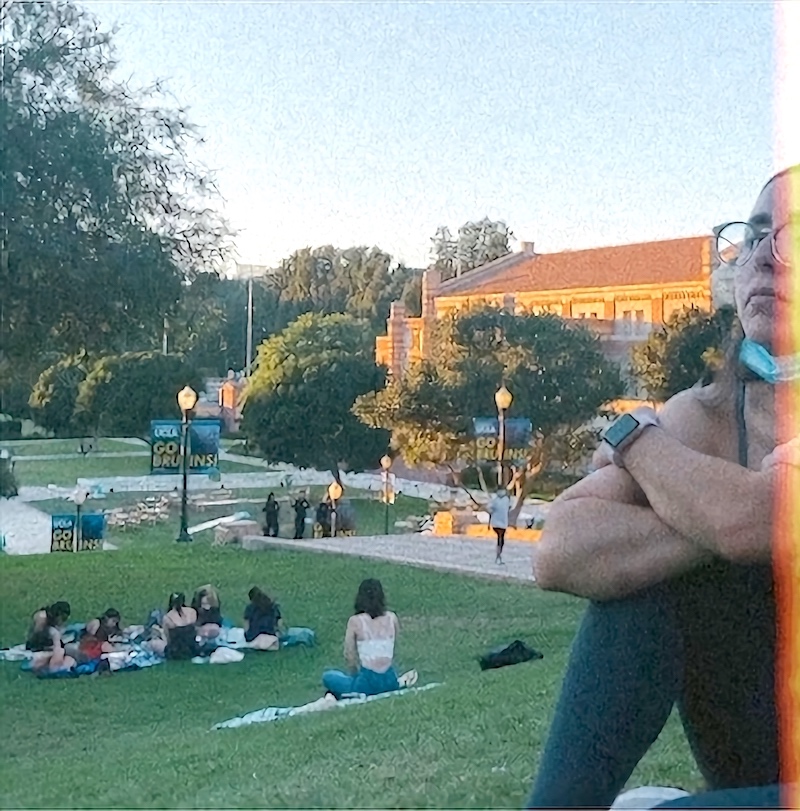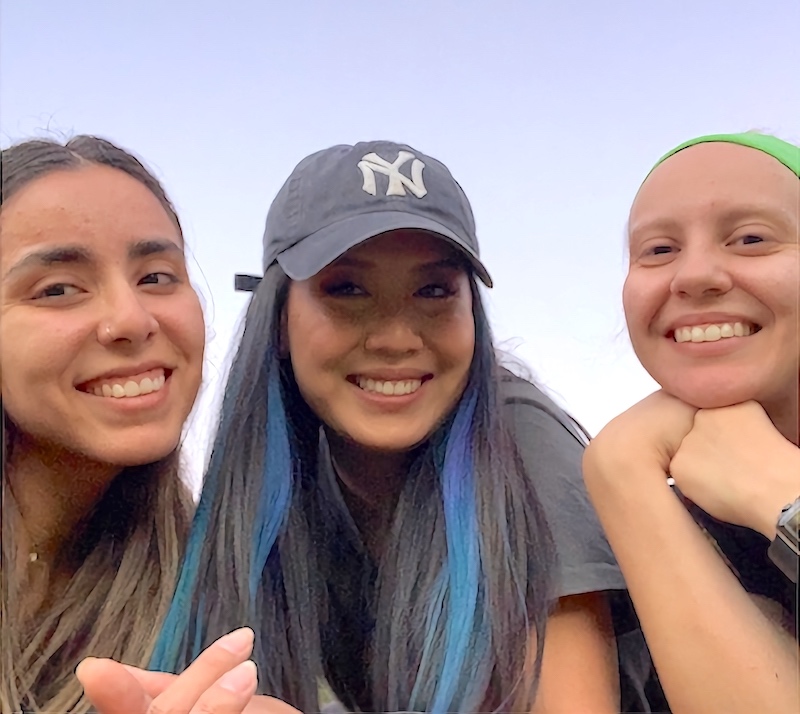Fight, Fight, Fight On!

November 19, 2021
by Teresa
Admissions Classes Diversity Living in LA
Tomorrow is the big game and with it comes the long-standing question of Los Angeles: “USC or UCLA?” Forget sideline reporters, say goodbye to sports commentators, play-by-play who? I believe I am the most qualified individual to provide an answer for these reasons:
- I went to UCLA
- I go to USC
- Refer back to reasons 1 and 2
All jokes aside, when I committed to USC for graduate school, I had some concerns about how I would transition from the nation’s #1 public university into the #1 occupational therapy program. Without further ado, here is one Brojan (Bruin turned Trojan, or vice versa)’s totally impartial, and absolutely not at all biased, take on my experiences at both schools.
Quarter System vs. Semester System
At UCLA, we followed a quarter system, meaning each term was 10 weeks long, three terms each academic year. Because of how fast-paced this was, I thought a semester system would be an easy adjustment but sometimes, it still feels like my mind functions on 10 weeks’ time. Kind of like when you return from traveling somewhere really far and have to readjust to the time difference. Yeah — just like that, but for a much longer period of time. For example, I am currently entering week 14 out of 16 and my mind is saying to the semester, “You’re done. You’re done. You should be three weeks into the next term already.” Because 16 weeks and NOT 10? The math is just not mathing for me. What does make sense for me, however, is how nice it feels to have time to sit with content, follow up about anything I need clarification on, and really feel like I’m learning and not just regurgitating. And it doesn’t hurt that with the longer terms come longer breaks!
Public University vs. Private University
Growing up, the words “private school” sounded so elite and since public school was all I had known, attending a public university like UCLA after high school felt like the natural progression, so I didn’t even bother applying to USC.

Sophomore me visiting the USC Bookstore on a high school field trip in May 2012. The irony is not lost on me that I now have the sweater in the background, which I am currently wearing while writing this.
When applying to OT school, a part of me still held the notion that private = elite and public = diversity, but that myth was quickly dispelled when I met my classmates, who are each so different and unique in their backgrounds, life perspectives, age, appearance, and interests, thanks to the holistic admissions process implemented at USC Chan. The insights shared by my classmates both in and out of the classroom have been quintessential to facilitate my learning as I continue to develop my clinical identity. I feel an immense sense of pride knowing that my classmates will be entering practice as some of the most culturally responsive clinicians this field has to offer and that their clients and future generations will be able to see themselves in their providers.
My family always emphasized that education is an investment to give myself the best chance at life, so when deciding which program to attend, what better is there than the best? I could think of no better place to invest in myself than at USC Chan, which, in case you forgot, is the #1 occupational therapy program in the nation, and it shows. It’s pretty surreal to walk the halls of the Center for Health Professions (CHP) and know that it’s the birthplace of sensory integration, occupational science, Lifestyle Redesign, and so much more. Occupational therapy students all over the world are learning through textbooks written by the same professors you get to see face-to-face everyday. Since starting this program, it’s been clear that our faculty, staff, ambassadors, student leaders, and alumni are committed to fostering a space where the next generation of occupational therapists can both advocate for our profession while challenging it to change to meet client needs.
Undergraduate Degree vs. Graduate Degree
The pursuit of my undergraduate degree was filled with twists and turns regarding what career I wanted that degree to lead to — pediatrician, lawyer, software engineer, teacher, and at one point, even paleontologist! I am always amazed (and slightly jealous) when I hear Bachelor’s to Master’s students share why they chose to pursue OT when they were a senior in high school, because I didn’t know about OT until I was 20. While I don’t regret my journey because it’s what led me here today, I will say school was so much harder when I didn’t know what I was meant to do. It was also so much harder when I couldn’t imagine myself ever using organic chemistry or multivariable calculus in my career, yet still had to take those classes in order to get my degree. To this day, the fact that I know how to draw molecular structures using benzene rings or chair conformations has not served me. Not once!
Entering graduate school provided an opportunity for a clean slate. I was able to start over as a student at a new school but this time, as a student with a strong understanding of what I wanted while taking courses focused on what I was interested in. By acknowledging that all of the content I learn in the classroom could be applied to practice, being a student has become a more engaging and meaningful experience.
So, USC or UCLA?
This question is hard to answer because ultimately, I am so thankful to both. My experiences at UCLA led me here to USC, where I find myself growing professionally and personally everyday. Both allowed me to be close to home and near my family, who I wouldn’t be here without. At one, I was able to identify my weaknesses and at the other, take a strengths-based approach. This past weekend, I showed my friends Silvia and Vanessa around UCLA, where we sat next to Janss Steps and talked for hours.
While walking the same paths I used to take to class, I remembered how I felt there when the thought of becoming an occupational therapist seemed like a distant, unattainable dream because I couldn’t see past who I was on paper — just another GPA, GRE score, and 1000 words. And becoming a USC Chan occupational therapist? Dream on.
Look at you now. Fight, fight, fight on. 💙 🐻 💛 ✌️ ❤️
⋯
Next by tag Admissions ⟩ Classes ⟩ Diversity ⟩ Living in LA ⟩
⋯







